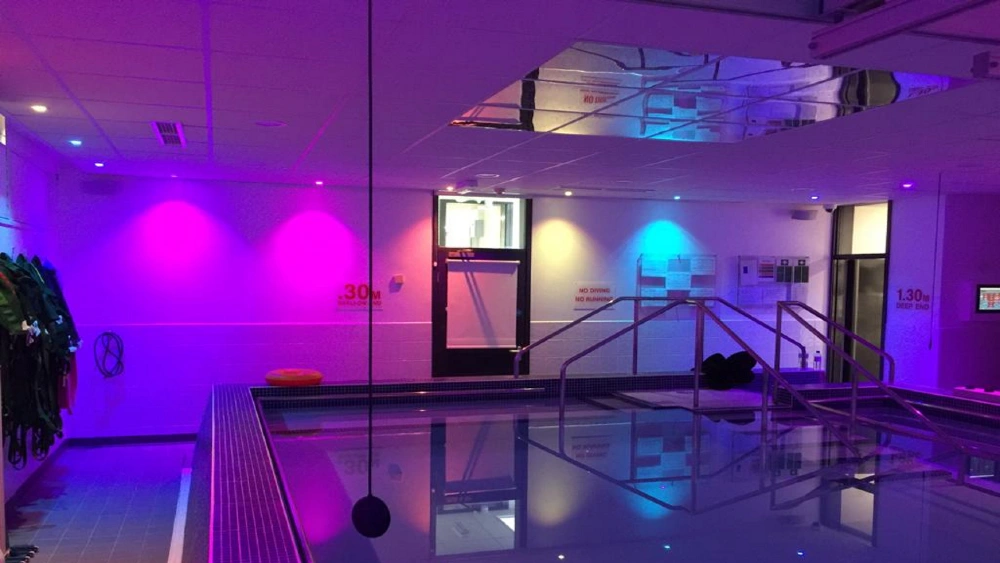What are Sensory Circuits?
Sensory Circuits use sensory-based movement activities, with the aim to help children achieve an optimal level of alertness for effective learning.
The concept of Sensory Circuits is based on the theories of sensory integration and sensory processing. By integrating and processing sensory information effectively, we are able to respond appropriately to different stimuli in our environment and make informed decisions in our daily lives. The inability to effectively process, organise, or interpret sensory information is known as Sensory Processing Disorder, which can have effects on children throughout the school day.
The circuits are a great way to both energise and settle students into the school day, typically lasting between 10 – 20 minutes. These can be carried out either at the beginning of the day and/or after lunch.
The sensory circuit consists of 3 sections:
- Alerting Activities
- Organising Activities
- Calming Activities
It has been identified through research the importance of carrying out these activities in the above structure, in order to enforce a balanced level of regulation and eagerness within each child. However, if the structure is not followed, this could result in the opposite effects with a dysregulated, irritable child.
The Sensory Circuit Stages
1. Alerting Activities
Within this stage, the aim is to provide a controlled level of vestibular (movement and balance) and proprioceptive (awareness of body in space) stimulation. This stage of the sensory circuit will prepare the brain for learning and the demands / expectations ahead of their school day.
A variety of movements / activities can be beneficial within the alerting stage of the Sensory Circuit, including:
- Mini Trampoline / Trampette
- Balance Beams
- Sensory Rocker
- Sensory Swing
- Mangle
Equipment such as a Sensory Swing allow a child to neutralize the disruptions that are caused by their vestibular system, which can often originate in the inner ear. The smooth, back-and-forth motion can be soothing and calming to a child, whilst helping to regulate sensory processing and arousal levels.

2. Organising Activities
The organising stage is centred around motor sensory processing, balance and timing. The aim is to provide a challenge that requires users to plan, organise and/or sequence their movement. This stage of the circuit is effective in increasing focus, attention span and performance within the classroom

A variety of movements / activities can be beneficial within the organising stage of the Sensory Circuit, including:
Equipment such as an Activity Panel provide children with a selection of activities for them to move and organise in different motions, sections and sequences. Incorporating different textures and materials is effective in grabbing attention and providing fun visual and tactical stimulation.
3. Calming Activities
For the last stage of the sensory circuit, calming activities will ensure that the children will return to the classroom feeling calm, centred and ready for a day of learning. The activities within this stage provide proprioceptive (deep pressure) input and heavy muscle work to initiate a calming effect.
A variety of movements / activities can be beneficial within the calming stage of the Sensory Circuit, including:
Equipment such as Light Up Liquid Tiles showcase the relaxing feel of liquid beneath them once pressure is added. As the children move their feet / hands around the tiles, a variety of colourful water sequences appear. This not only provides calming effects from the deep pressure applied, but a fun source of visual stimulation too.

What are the key benefits of a Sensory Circuit?
Now that we’ve explored the 3 key areas of a sensory circuit, let’s review the selection of overall benefits.
- Focuses concentration, in preparation for the day of learning.
- Adds structure to the morning or during other transition periods.
- Provides a fun source of engagement.
- Supports the development of a child’s sensory processing skills, which stimulates different areas of the mind and body.
- Helps to relax children and reduces anxiety.
- Helps to develop coordination skills and balance.
- Helps to develop fine and complex motor skills.
- Improves and regulates children’s behaviour.
Things to consider when creating a Sensory Circuit
Sensory Circuits are a great resource for children across a variety of needs and abilities, however, there are still elements to consider when putting one together.
If you have multiple children in your group, who have different areas you feel need more focus than others, it may be helpful to provide individual plans within the circuit. By including versatile equipment across each stages of the circuit, this will allow you to create different plans and goals for each child / group of children.
It is also important to consider that each child’s needs and tolerance levels are different. Some children may need more time in certain sections to enable them to be more organised and prepared for the day’s learning.
Although the key purpose of Sensory Circuits are for initiating focus and readiness for the day, they also should a great source of fun! Whilst children should be encouraged to participate, they should also not be forced. The more you positively engage the children in the circuits (recommended daily basis), the more you will understand their needs at each stage and what key areas need more focus on.
If you are looking to create your own Sensory Circuit at your school, residential property or other premises – contact us today for a free quotation.
Resources
“Sensory Integration and Processing” – Children’s Choice Therapy
“5 Benefits of Sensory Circuits For Children” – Sensory Surroundings
“Sensory Circuits” – NHS Berkshire
“What are sensory circuits and how can I use them at school?” – Griffin Occupational Therapy
“Sensory Motor Circuits: A Sensory Motor Skills Programme for Children” – Children & Young People’s Health Services Cambridgeshire.








